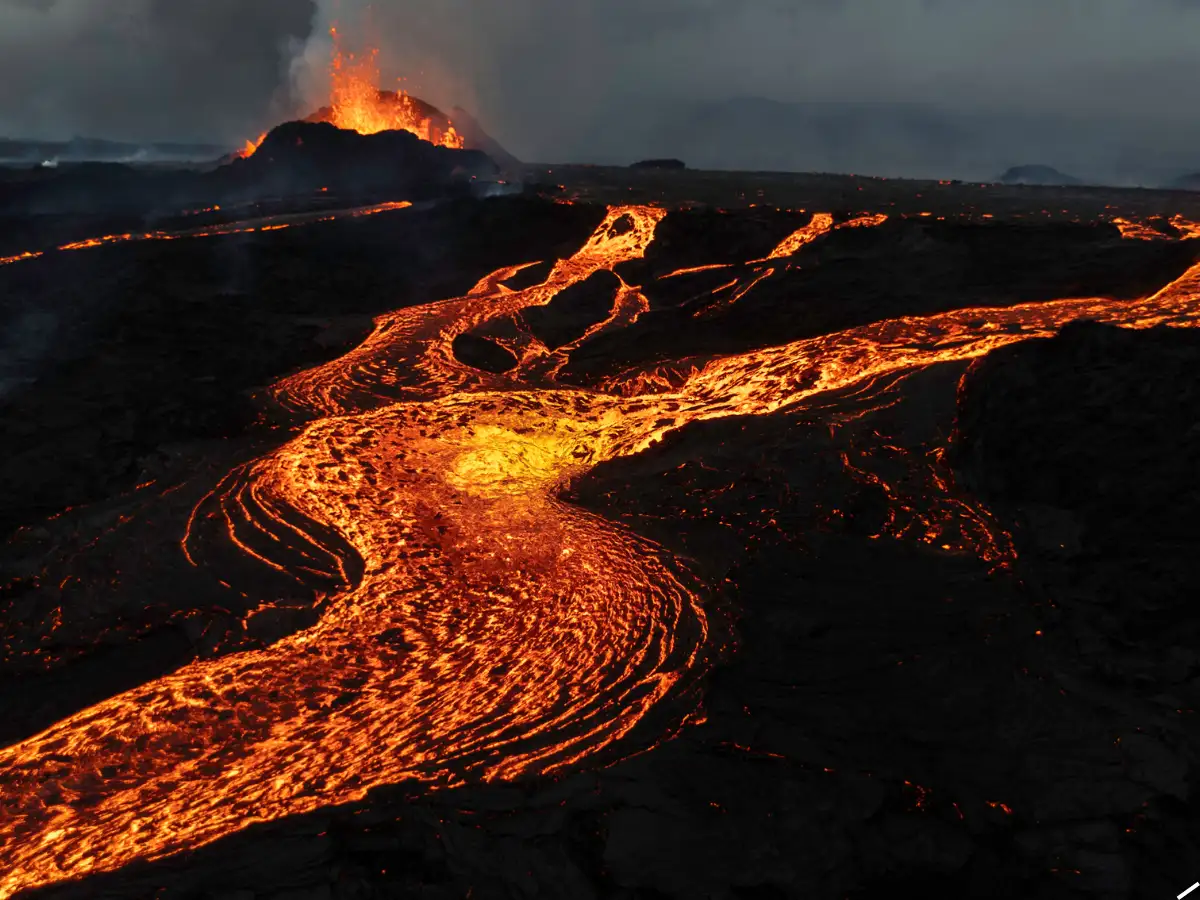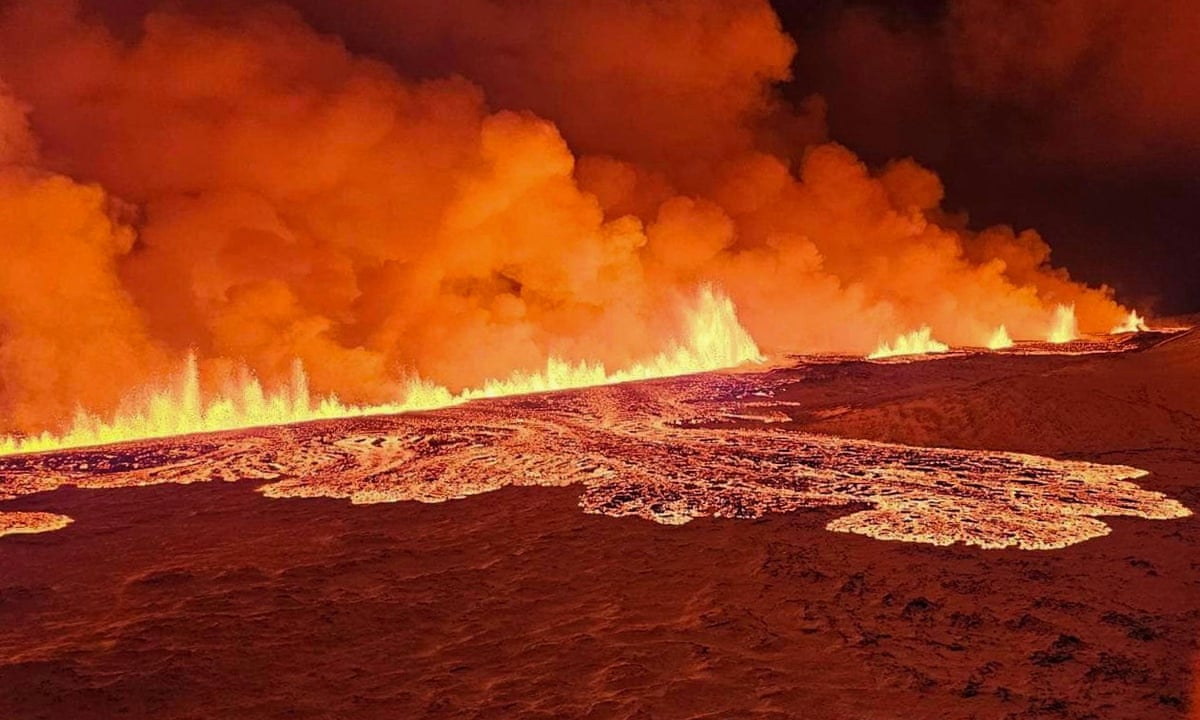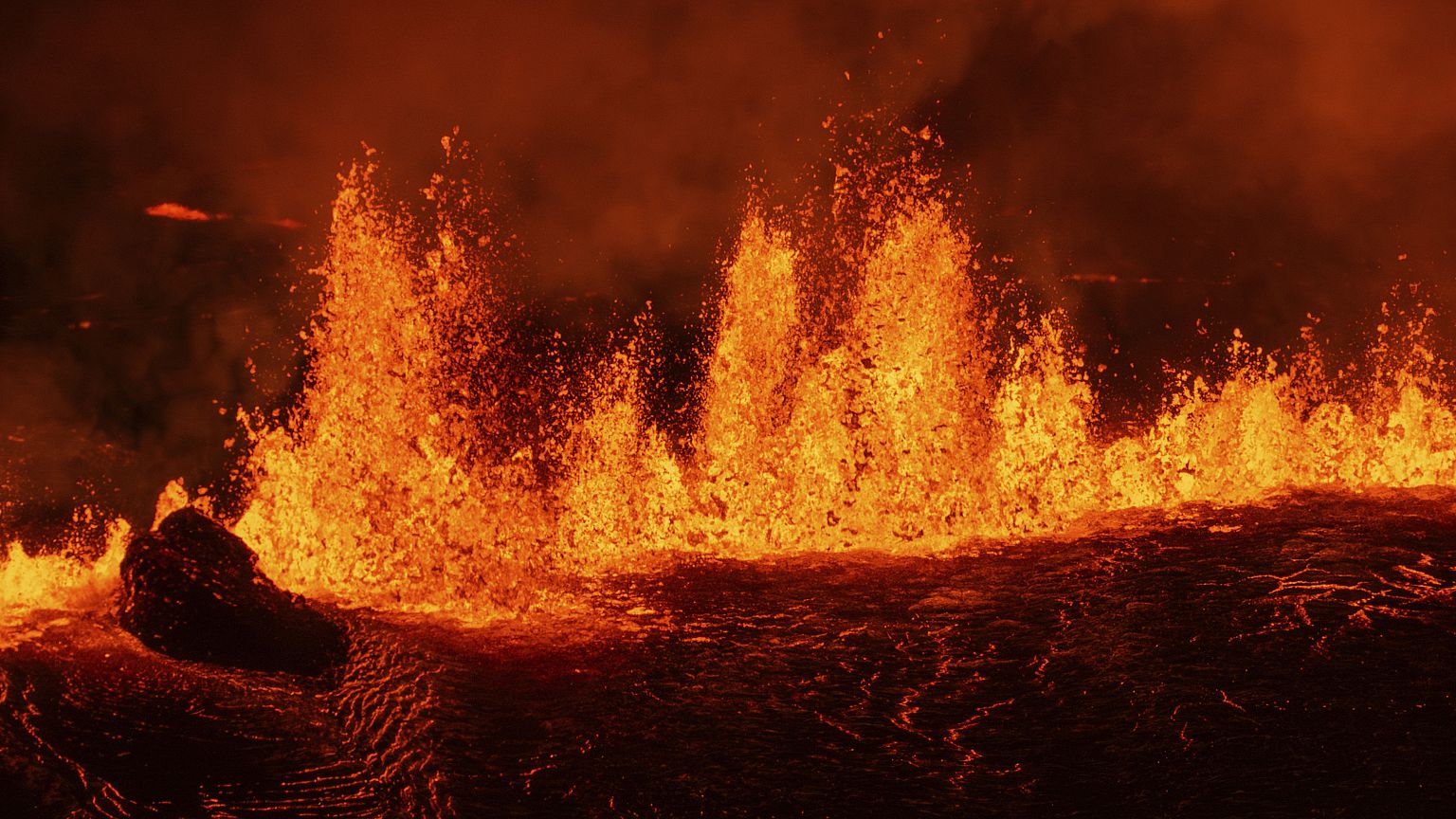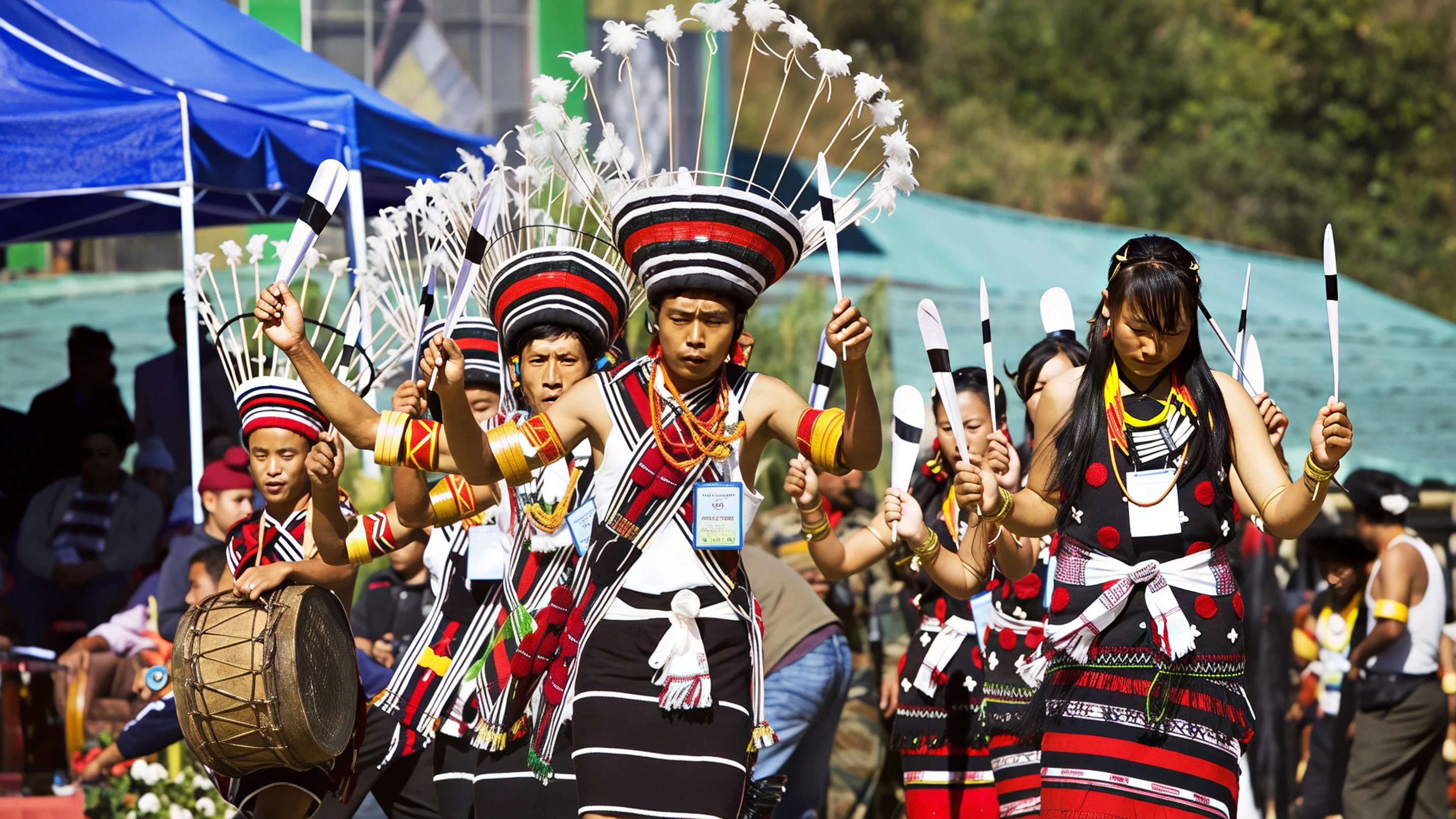The Reykjanes Peninsula in Iceland has erupted again, marking the twelfth volcanic eruption in just four years and sending yet another reminder of the island’s fiery geological temperament. The latest eruption began early in the morning, around 4 am local time, following an intense burst of seismic activity in the area. This time, a fissure near the Sundhnúkur crater cracked open, releasing a dramatic display of lava and smoke into the sky.

According to the Icelandic Meteorological Office, the fissure is estimated to stretch between 700 and 1,000 metres in length. Lava is now flowing southeast from the rupture, though fortunately it is not threatening any infrastructure or populated areas at the moment. The eruption is considered relatively small based on GPS and deformation signals, but authorities are not taking any chances.
As a precautionary step, civil defence teams swiftly evacuated both tourists and residents from nearby areas. The town of Grindavik was cleared once again, a place that has remained mostly uninhabited since its full-scale evacuation in 2023. The Blue Lagoon, one of Iceland’s most famous geothermal spas and a five-star resort, was also evacuated. Guests at a nearby campsite in Grindavik were guided to safety by emergency services. The Blue Lagoon remains temporarily closed until at least noon today.

Despite the eruption’s proximity to Reykjavik’s Keflavik International Airport, flights have continued to operate without disruption. This is a stark contrast to the Eyjafjallajokull eruption in 2010, which released vast clouds of volcanic ash into the atmosphere and led to the grounding of thousands of flights across Europe. Experts note that the recent eruptions on the Reykjanes Peninsula have not produced significant amounts of ash, meaning there has been little impact on air traffic.
The Reykjanes region had been dormant for nearly 800 years before volcanic activity resumed in 2021. Since then, it has experienced a cycle of eruptions, signaling a new geological phase that could potentially continue for many years, or even centuries. Scientists believe that the current series of eruptions may be part of a long-term pattern of increased volcanic activity in the area.

While the visuals of lava pouring across the rugged terrain continue to attract attention from around the world, Icelandic authorities are treating the situation with a balance of scientific precision and public safety. Tourists have been advised to stay away from the affected areas and follow official guidance closely.
With natural forces continuing to shape the Icelandic landscape, the Reykjanes Peninsula remains a striking yet unpredictable travel destination. For now, it is a place of awe and caution, where nature’s beauty and its raw power meet in full force.
Follow Travel Moves on Instagram and Facebook for more travel updates, safety alerts, and destination insights from around the world.








